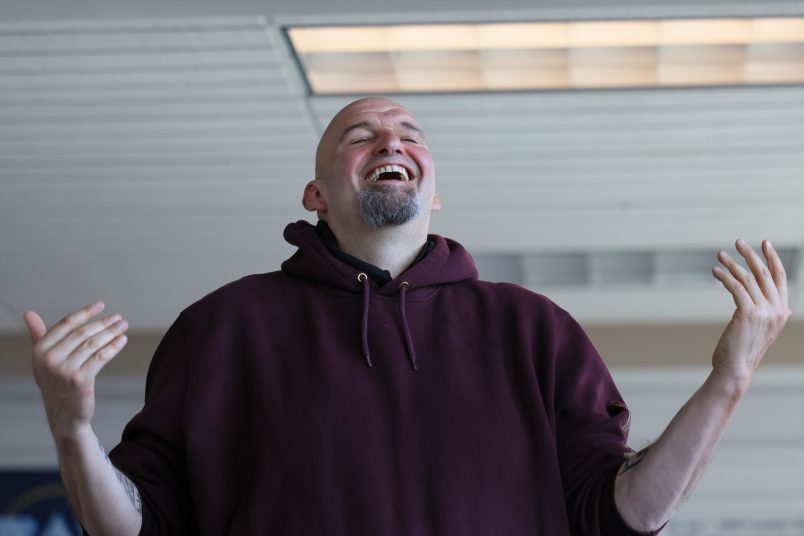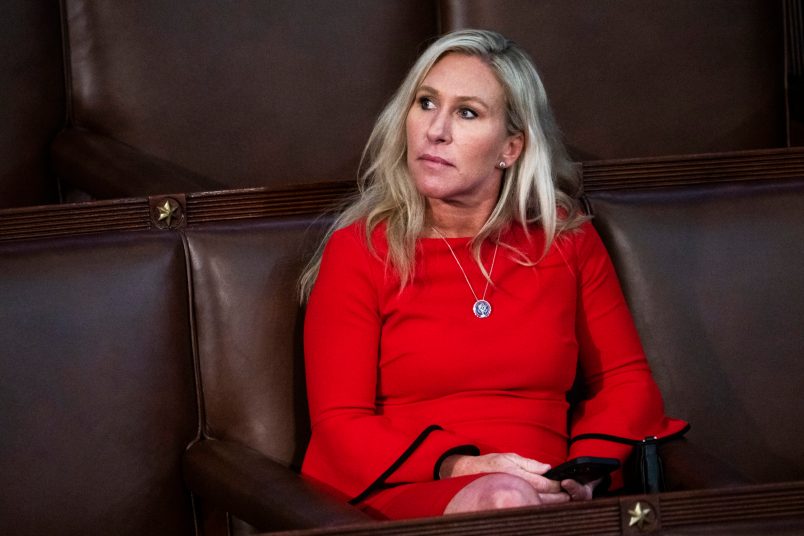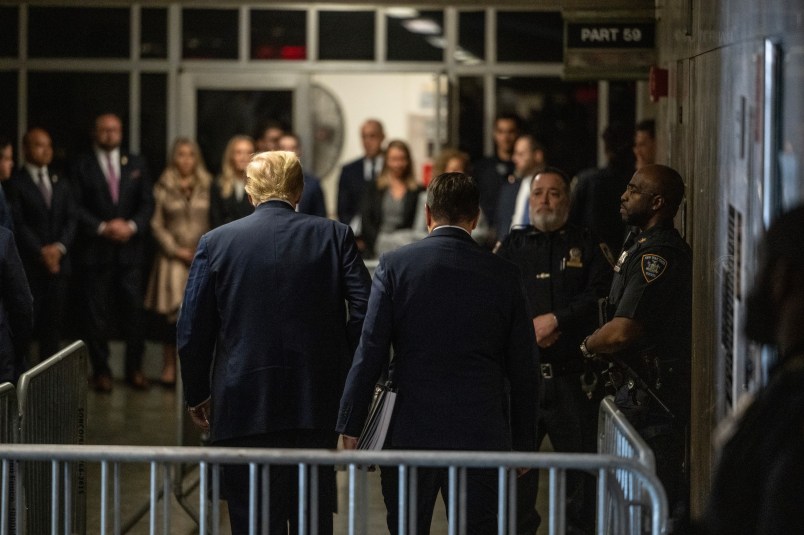Let me return again to the issue of school closures. Though I’m talking about New York City I’m giving this focus here because the issues are applicable to communities around the country and most or all will be facing these questions in the near future.
(For those who are coming to this as the first thing I’ve written on this subject which you’ve read and think I’m not addressing various issues, I invite you to read this post from Thursday March 12th.)
The most constructive point that has come out of my conversations with readers and also stakeholders either in New York or other parts of the country is that the decision-making can break down when we’re thinking about it in zero sum or binary terms. For instance, TPM Reader DW explained that he can keep his kid home (and plans to do so) but many other parents don’t have that option. As I explained in my response, this is a very good argument for switching to offering both remote and in-person instruction. TPM Reader TP notes rightly that the close or not close discussion can leave out a lot of options for what amounts to triaging different parts of the community that are able to do different things.
As I noted on Thursday, communities around the country need to move away from absolutes about closing schools or not closing schools and start thinking through how to address the public health crisis while minimizing and managing the very severe collateral effects that go along with complete or partial school closures. That may sound obvious or a truism. But I’m watching how the conversation unfolding in New York City and that’s not what’s happening. The Mayor and the DOE Chancellor are certain they’re right and are treating any dissenting voices as the proverbial voices of panic it is incumbent on leaders to ignore in moments of crisis. That of course can easily and I think in this case demonstrably lead to blocking out dissenting voices.
My personal view is that the Mayor should close the schools for two weeks starting Monday. The purpose of the two weeks, in my mind, isn’t just some provisional amount of time that really means weeks or months. It’s specifically because right now we’ve done so little testing that we really don’t know the scale of the problem. Again, though, that is just the personal view of someone with no relevant professional expertise. What does seem key right now is to move toward a mix of distance learning for those who are able to do so and in person instructions for those who cannot. At a minimum that would dramatically reduce the density in the schools which would be a big plus in terms of reducing the spread. To the extent there are contrary arguments on the epidemiological front, they should make those arguments. At the moment, they’re certainly ignoring that part of the equation. Bad sign.
I don’t think we can call this a rash perspective when virtually every school in a high spread zone and many in areas with limited spread have already closed their schools. Seattle, San Francisco, Los Angeles, San Diego to name only a few examples. There are numerous states which have done so. Some of this may be an overreaction. We simply won’t know until we have higher rates of testing. But New York City is entirely alone on this.
Personally, I lost faith yesterday in the leadership of the Mayor, Bill DeBlasio, and the schools Chancellor, Richard Carranza, because in response to school closures nationwide and increasing calls within the city they shifted to a series of nonsensical and circular arguments. The Mayor focused on the argument that if you close the schools for two weeks the situation will be much worse in two weeks and nobody will support reopening them. This is not a good argument! The Chancellor noted that even though school attendance on Friday had dropped to 68% on Friday, the number of students who did attend was still a larger population of students than make up the next largest school district in the country. This is simply a non-sequitur, a factoid which means nothing.
Carranza also went on to suggest that the parents of the children who were in school yesterday (Friday, March 13th) are those who need and want the schools to stay open. This is demonstrably not the case. Sending your school age children to school is literally the law. Even in a crisis situation most parents will send their kids to school if the schools are open simply as a matter of social responsibility and to avoid having their kids fall behind. In a moment of crisis he shifted the question to an opposition between the third of kids who were absent and the two-thirds who showed up. This both faulty reasoning and terribly public leadership.
Let me be crystal clear on this. When I say I lost confidence in DeBlasio’s and Carranza’s leadership, it’s not because they’re not closing the schools. It’s because they’ve resorted to arguments that are circular and nonsensical and signal to me that they are unwilling or unable to address the arguments of those who think they are making the wrong decision. New York City has the capacity to lead on this question. We have a progressive city government. We have, relative to many other cities, a lot of fiscal capacity to fall back on. That gives us the latitude to creative in meeting the needs of the entire community. The city needs to find a way to address this problem while managing the externalities, managing the burden on those who are least able to bear it. That’s possible – not well or easily. But we can do it. The city leadership is not doing that. They’re insisting they’re right and refusing to address grave issues that face them.








